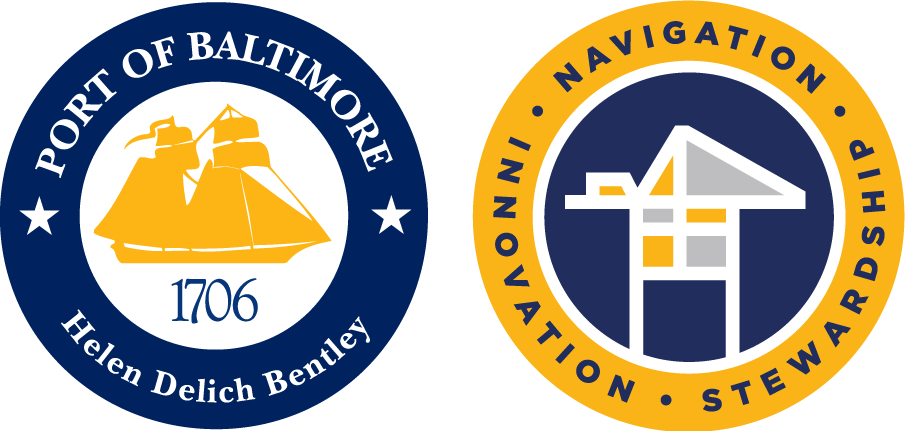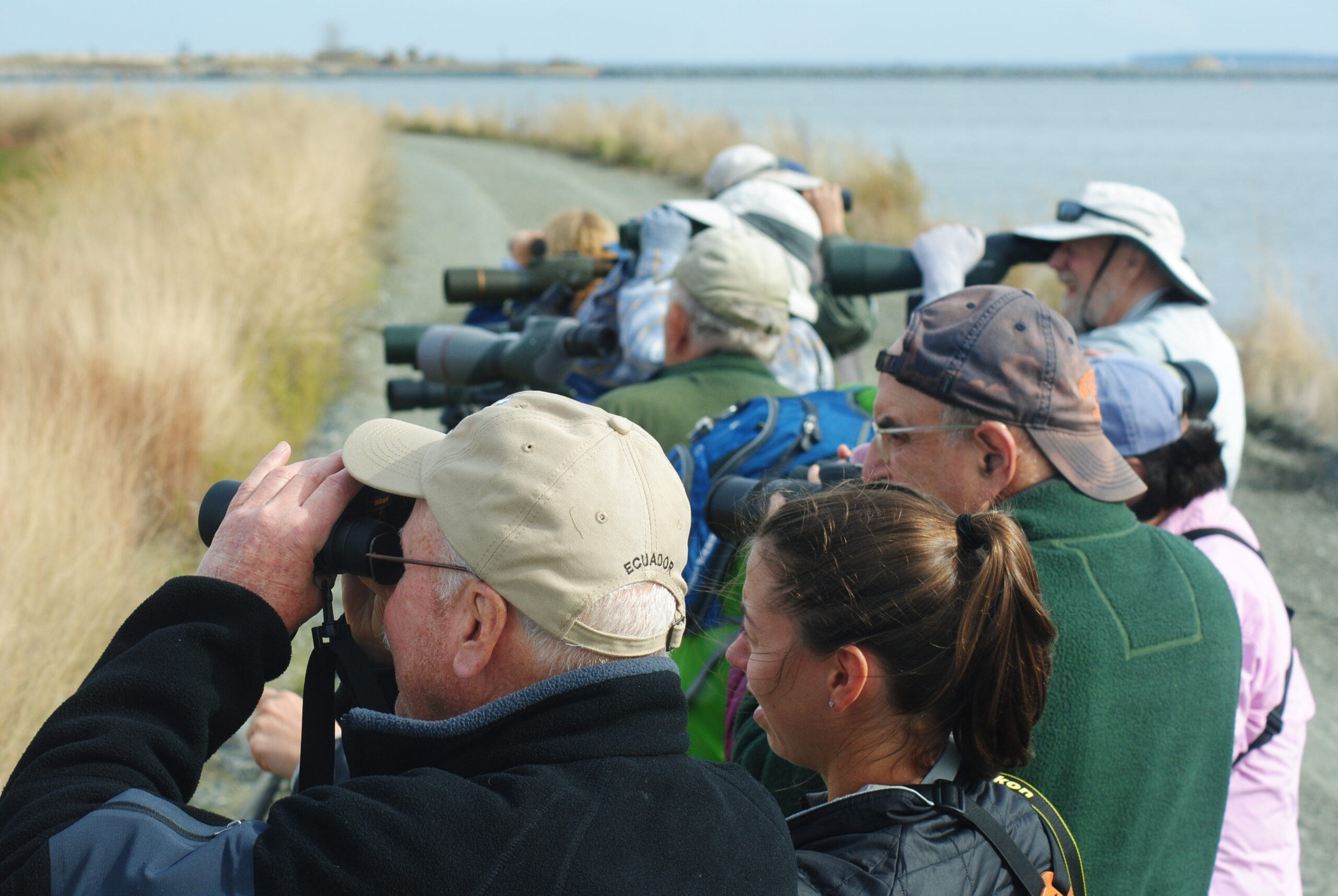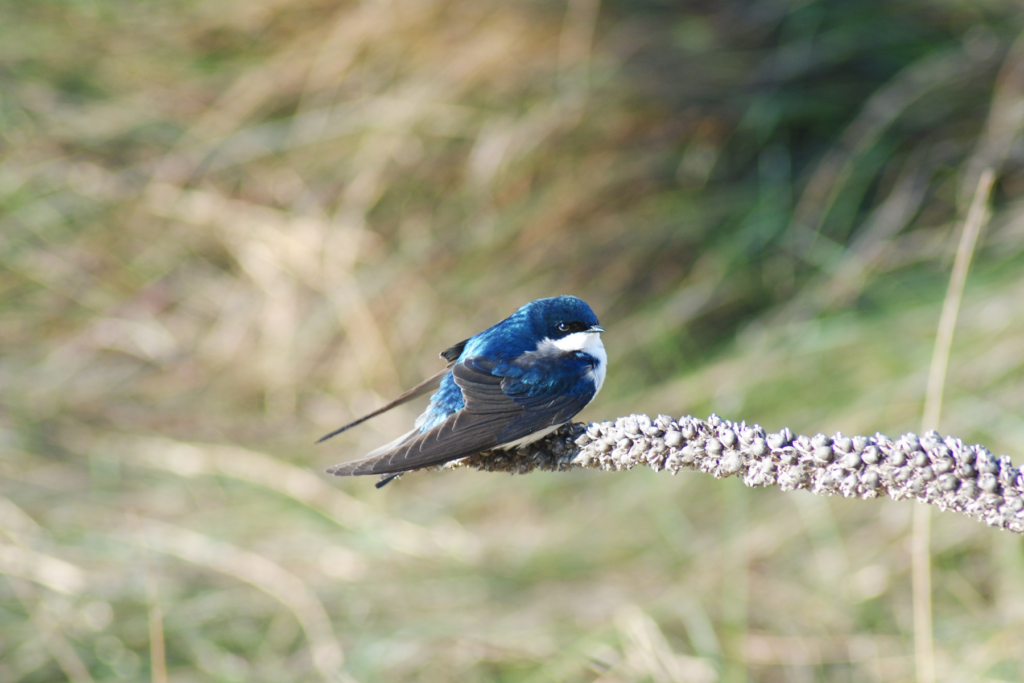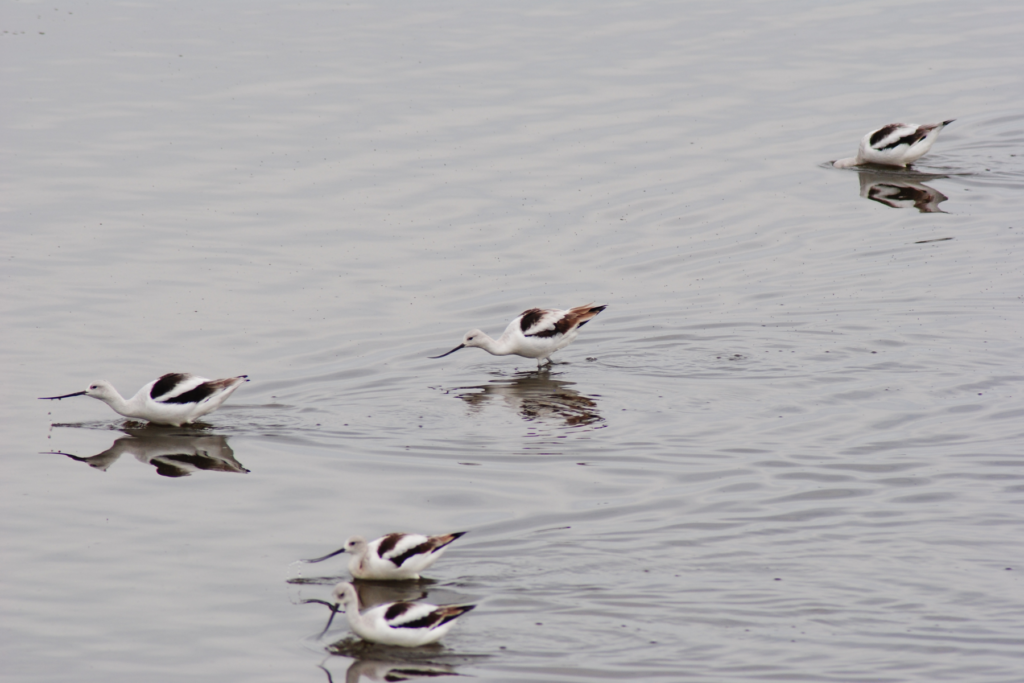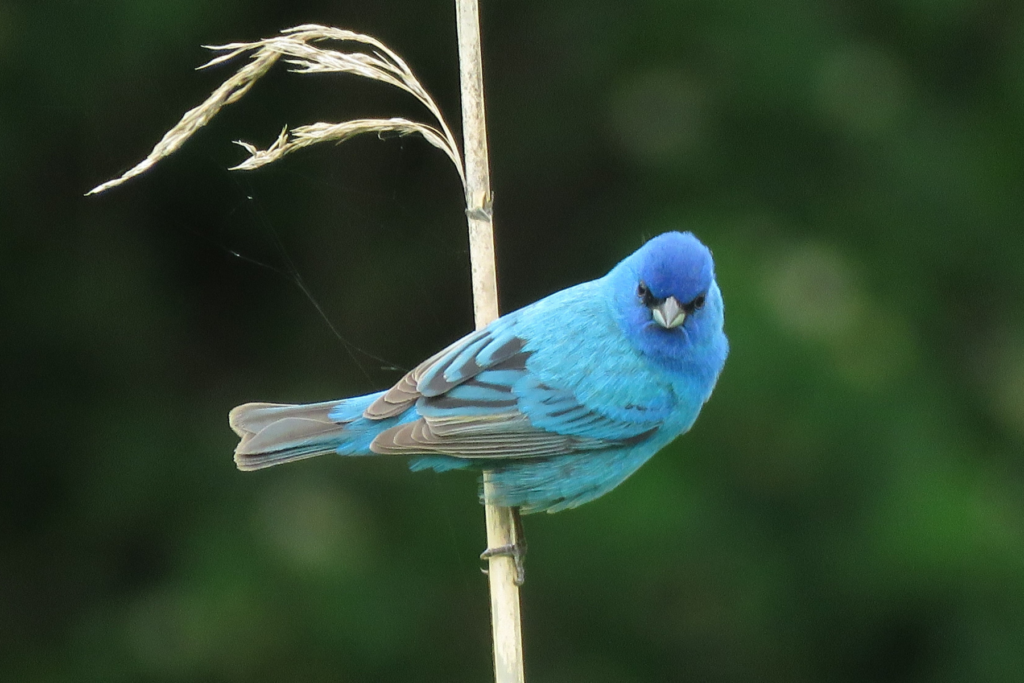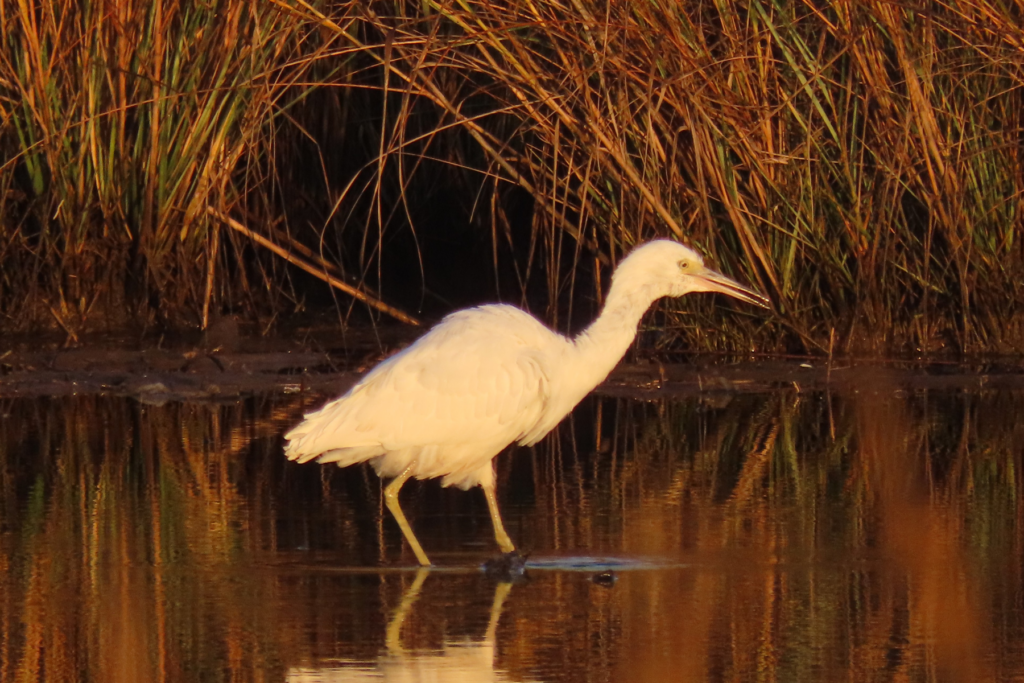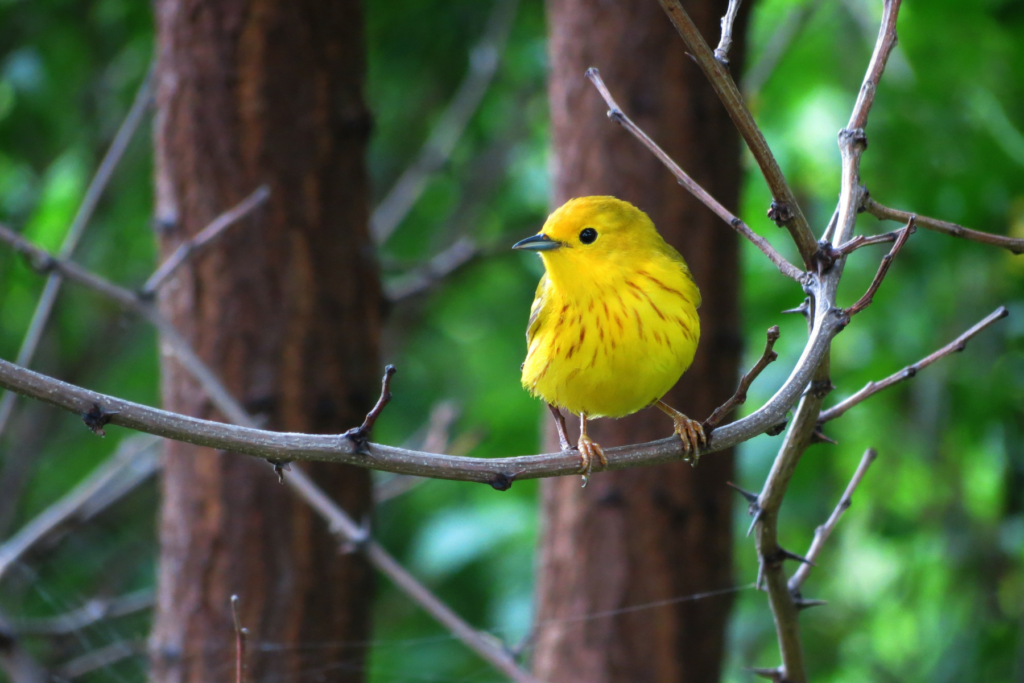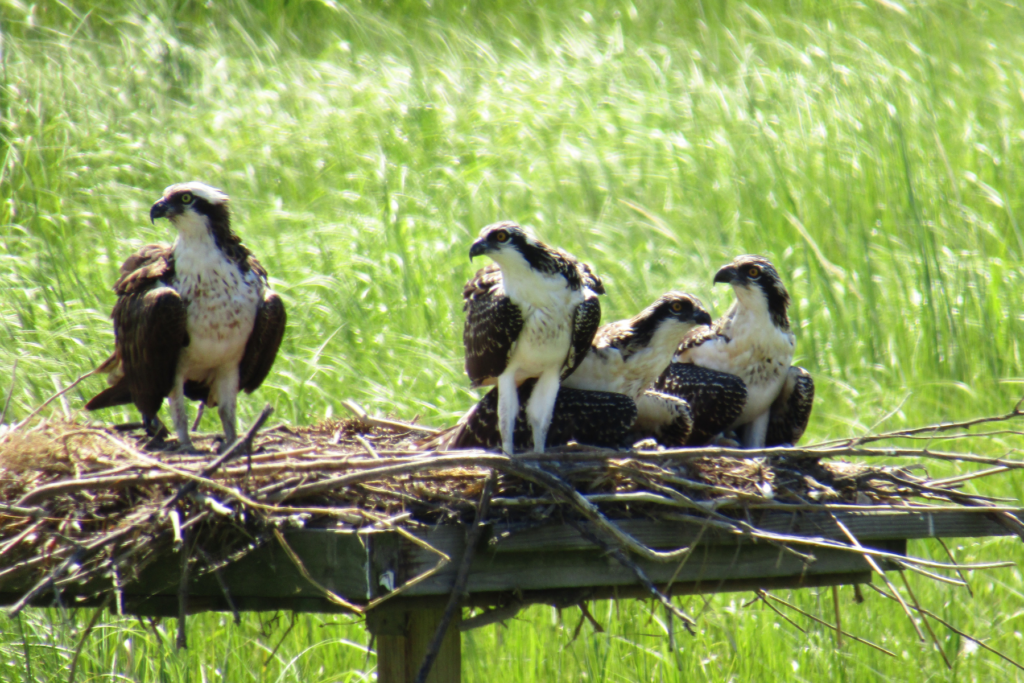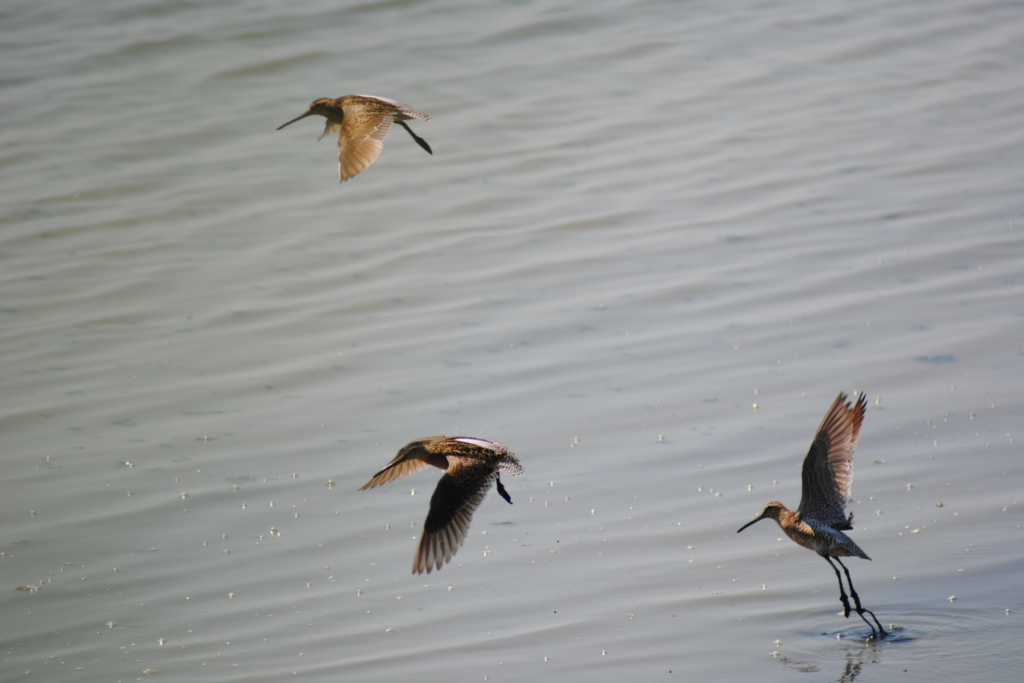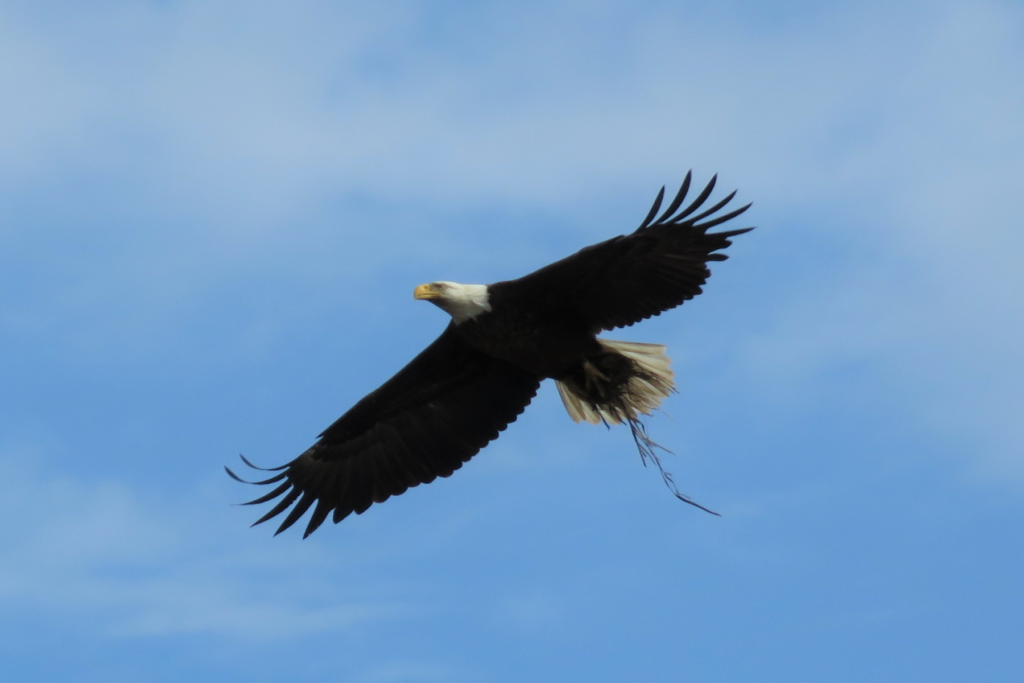Transforming Dredged Material into A Birder’s Paradise
The undeniable decline in the bird population is being felt across the United States, but at MPA’s dredged material placement sites, birds are finding homes and important migratory waystations. MPA restores and maintains important bird-friendly ecosystems by restoring wetlands, uplands, and remote island habitats with dredged material. In fact, four of the top ten birding sites in the state of Maryland (out of 2,455 total birding sites) are MPA dredged material placement sites. Support for healthy bird populations benefits everyone, as birds act as pollinators, seed dispersal vessels, and important members of the food pyramid that keep insect populations balanced.

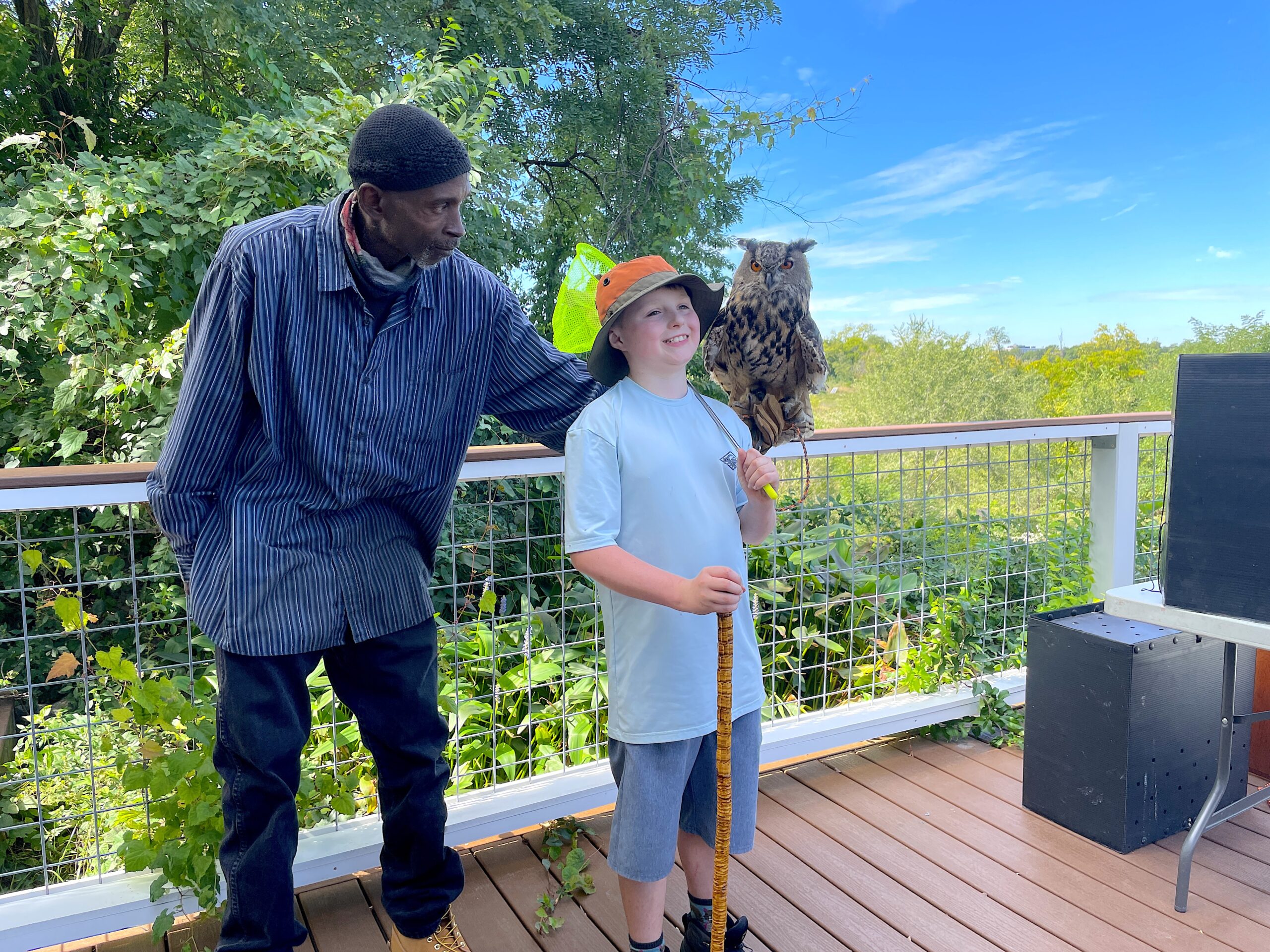
Bringing Birding to the Next Generation
In 2022 MPA introduced the Annual Youth Birding Week, inviting urban youth to learn the basics of birding and explore Maryland’s unique habitats created at the Port’s dredged material placement sites. The program, sponsored by the Chesapeake Bay Trust, brings youth to Masonville Cove to explore its education center, to Poplar Island to learn about osprey and bird banding, to Swan Creek at Cox Creek to learn about the fish birds rely on, and to Hart-Miller Island to witness the unique birds nesting there. This program is designed as the start of a pathway to higher learning and career opportunities, including those in Science, Technology, Engineering, and Math (STEM).
Birding at Dredged Material Placement Sites
MPA placement sites are designed to restore land lost to erosion and, with management, have proven to be outstanding habitats for a wide variety of birds. Sites with birding opportunities include:
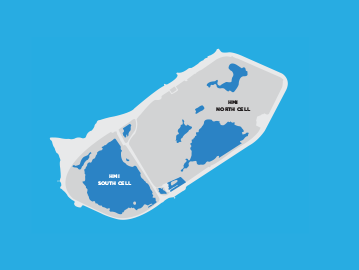
Hart-Miller Island
No longer an active dredged material placement site, Hart-Miller Island is one of the top five eBird hotspots in Maryland, with over 308 species, as reported by the Maryland Ornithological Society. Now owned by the Maryland Department of Natural Resources, it has public water access, beaches and trails, and numerous vantage points for birding. Hart-Miller is well positioned to host fall and spring migratory birds as well as summer and overwintering birds. Hart-Miller Island is accessible only by boat, and trails are open from May 1 to September 20.
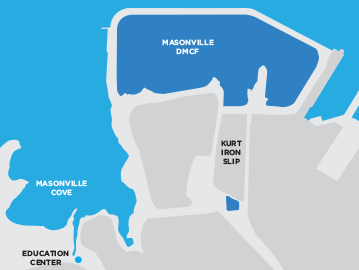
Masonville Cove
Nestled on the water in south Baltimore City and the nation’s first Urban Wildlife Refuge, Masonville Cove offers birders a unique opportunity to see a wide variety of birds without leaving a major metropolitan area. A pair of nesting Bald Eagles have successfully fledged young for several years and, of course, there are many more birds to see in addition to the national bird. Over 255 species have been reported on eBird, including waterfowl, waders, field birds, and songbirds.
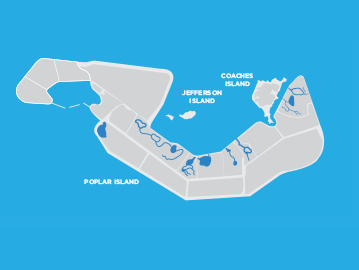
Paul S. Sarbanes Ecosystem Restoration Project at Poplar Island
Described as a “must-see” birding destination, Poplar Island has become one of Maryland’s outstanding shorebird sites. With over 245 species reported at Poplar Island by eBird , this site is also an excellent location to spot waders, waterfowl, raptors, gulls, and terns. Tours at Poplar Island are available from Spring through Fall.

Coming in 2025: Swan Creek Nature Trail at Cox Creek
Made famous in 2017 when it hosted a state-first record Sharp-tailed Sandpiper during fall migration, Cox Creek is known as a magnet for shorebirds and waders. Over 280 species have been reported by eBird, including resident and migratory species. An active dredged material placement site, Cox Creek is currently only open for limited guided birding tours. In 2025, MPA expects to open the Swan Creek Nature Trail, which is currently in design. Check back here for updates.
Upcoming Events
APR
19
2025
